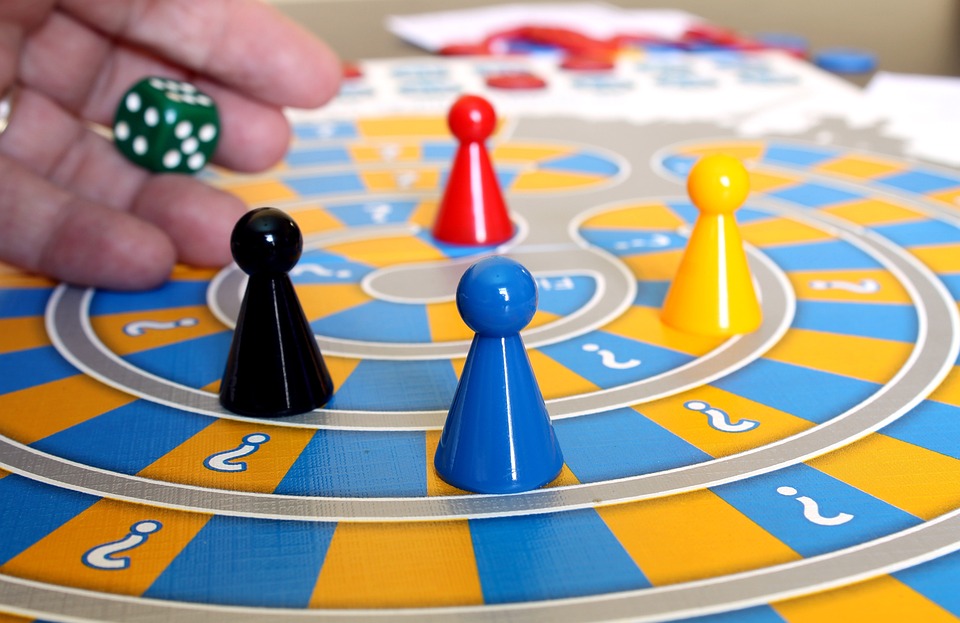Female Fighters: Breaking Stereotypes in the Fighting Game Genre
The world of fighting games has long been dominated by male characters and narratives that reinforce traditional gender roles. However, over the past few decades, female fighters have emerged as formidable figures in the genre, challenging stereotypes and redefining the role of women in gaming. From iconic characters to innovative gameplay, female fighters are not just sidekicks or love interests; they are strong, complex characters who reflect diverse experiences and empower female gamers worldwide.
A Historical Perspective
The history of female fighters in video games traces back to the early days of arcade machines, where characters like Chun-Li from "Street Fighter II" not only broke the mold by being one of the first female fighters but also showcased strength, agility, and a compelling backstory. Chun-Li’s introduction in 1991 set the stage for future female characters in fighting games, transforming the perception of women in the genre.
Throughout the ’90s and early 2000s, more female fighters were introduced—characters like Sonya Blade from "Mortal Kombat" and Nina Williams from "Tekken" began to circulate as strong, lead figures in their own right. These characters often wore revealing outfits, reflecting the era’s norms of sexualization. However, they also showcased incredible fighting skills, highlighting power over traditional femininity.
Modern Developments
In recent years, the landscape of female fighters has evolved dramatically. Developers are increasingly focused on creating multi-dimensional characters who represent a broader spectrum of female identities and experiences. Games like "Injustice 2" have emphasized strong narratives that delve into the backgrounds and motivations of female characters like Wonder Woman and Harley Quinn, presenting them as complex and relatable figures.
Moreover, independent developers have begun to step into the arena, creating female-led fighting games that prioritize narrative depth alongside gameplay mechanics. Titles like "Skullgirls" offer a refreshing take by featuring an all-female cast, integrating themes of feminism and empowerment, while introducing diverse fighting styles and compelling storylines that resonate with players.
Breaking Stereotypes Through Representation
The rise of female fighters is not just about inclusion; it’s about breaking preconceived notions of gender roles within the gaming community. Characters like Cammy White from "Street Fighter" and Cassie Cage from "Mortal Kombat" embody strength, resilience, and independence, challenging the stereotype of women as secondary characters.
Furthermore, representation goes beyond aesthetic changes. Female fighters are designed with unique fighting styles that are often inspired by real martial arts. For instance, characters like Mai Shiranui from the "King of Fighters" series blend traditional martial arts with creative, character-specific moves that showcase their individuality and skills, not just their gender.
Community and Cultural Impact
The impact of strong female characters in fighting games also extends to the gaming community itself. Women in gaming have historically been underrepresented, but the emergence of female fighters has inspired many female players to engage more actively in competitive scenes. Organizations like "GBVS Girls" and initiatives aimed at promoting female participation in esports provide safe spaces for women, encouraging them to embrace their passion for fighting games.
The influence of female fighters has also sparked conversations about diversity and gender representation in the gaming industry. As developers continue to push for inclusive narratives, players are becoming increasingly vocal about the importance of diverse representations of women in gaming. Streaming platforms and social media have made it easier for female gamers to share their experiences, connect with each other, and advocate for equitable treatment within the community.
The Future of Female Fighters
As we look to the future, it is clear that the evolution of female fighters in the fighting game genre is set to continue. Developers are beginning to recognize the value of creating characters that resonate with a broader audience, showcasing strength, vulnerability, and resilience. With advances in technology and storytelling, there is a promising opportunity for female fighters to take center stage in epic narratives that explore their complexities and strengths.
As the gaming community becomes more inclusive, the stereotypes that once dominated the perception of female characters will continue to fade. The journey is far from over, but with each new game release and character introduction, the fighting game genre moves closer to a landscape where female fighters are celebrated for their abilities, stories, and contributions to the gaming world.
Conclusion
Female fighters have carved out a space in the fighting game genre, breaking stereotypes and paving the way for future generations. As they continue to challenge norms, these characters not only empower female gamers but also contribute to a richer, more diverse gaming experience for all players. The evolving narrative of female fighters represents a significant step towards inclusivity and equality in an industry that thrives on creativity and innovation. As we celebrate these trailblazing characters, we anticipate a future filled with even more powerful female fighters ready to take on any challenge.



